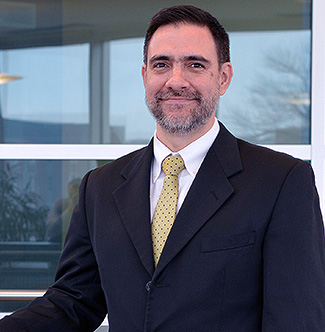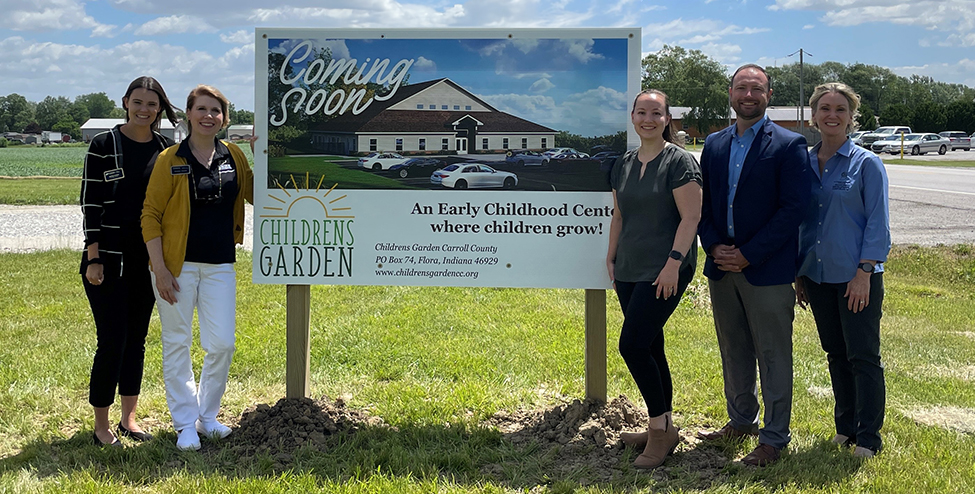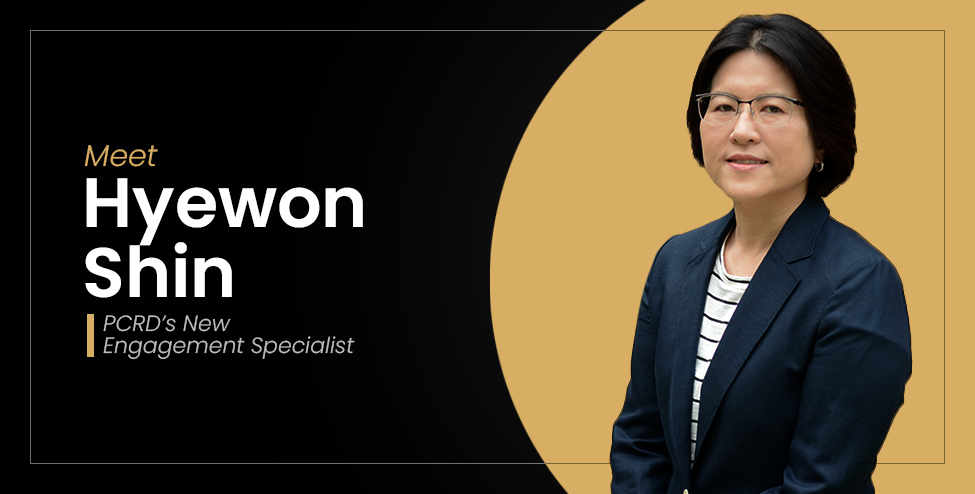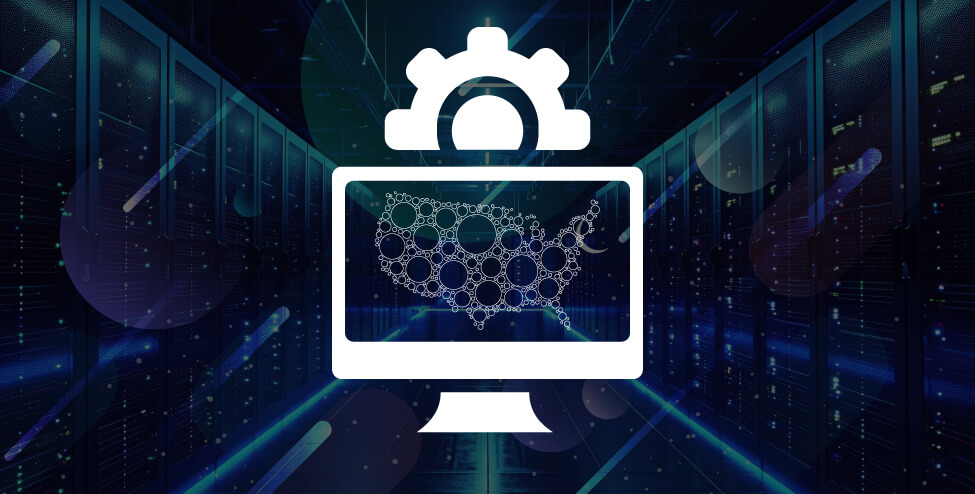Indiana’s Diverse Strategy to Address Digital Exclusion

A post COVID world is different in many respects but perhaps the one that stands out the most is that it is more digital than the pre COVID world. While digitization was in full force before the pandemic, COVID accelerated this when residents, businesses, and communities alike were forced to interact almost entirely online. More importantly, COVID provided a significant boost to the awareness on digital exclusion that would have otherwise taken at least 3-5 years to reach its current level.
Within this context is that states and communities are actively addressing digital exclusion. However, given the complexity of the issue, creative and innovative solutions have surfaced and will continue to surface. This is due to a significant influx of funding including the recently passed Infrastructure Investment and Jobs Act (IIJA) with its broadband infrastructure and digital equity components.
Indiana is not the exception and has developed innovative programs that will be discussed in this post. Before, though, a disclaimer. I was asked in October of 2021 by the Indiana Office of Community and Rural Affairs (OCRA), the state agency responsible for managing multiple programs, including broadband, to assist them in the implementation of the broadband programs. This day-to-day involvement has given me firsthand knowledge of these programs, the great work done by OCRA, and its tremendous potential.
Prior to COVID, the state announced what is known as the Next Level Connections (NLC) broadband program back in 2018. This program consists of multiple phases and is provider-driven. The process starts when providers submit letters of intent that go through a challenge and application process. To date, more than $79 million have been awarded providing service to more than 21,900 homes and commercial locations. Round 3 awards are expected to be announced in April of 2022.
During this time, the program has been tweaked with adjustments like targeting address-level locations versus Census blocks as well as adding, in its latest version (Round 3), a competitive application component. The competitive application component provides an opportunity for providers to propose serving the exact addresses as the original application but at a cheaper price and with a similar or faster network.
During the 2021 legislative session, two new programs were added to the NLC family. These programs complement the traditional NLC program in multiple ways, resulting in Indiana having a diverse toolbox to address digital exclusion. One of these programs may offer a subsidy to student-households, rural clinics, and schools to pay for their internet service.
The other program, the Indiana Connectivity Program (ICP), also awards funding to providers but in a distinct, innovative way. While providers submit letters of intent in the NLC program, selecting where to build with minimum input from communities, Indiana residents and businesses apply for broadband service in the ICP. Interested parties can apply for ICP by calling a call center or going online. In other words, ICP is a consumer driven versus a provider driven program. This may seem like a minor change, but it is a fundamental one.
Addresses that applied to ICP that will be built with federal funds or by previous NLC projects are removed, leaving the remaining ICP addresses staged for challenge. Here another key difference. While NLC addresses may be successfully challenged based on the ability to provide service within ten days or a network build completed within 18 months, ICP addresses can only be challenged if that address is already served with an actual 25 Mbps download and 3 Mbps upload service. A way to evaluate these challenges is with speed tests.
The addresses that remain after the challenge process are bundled by OCRA and posted for providers to bid on using an online portal. Round 1 of ICP applications included 1,569 addresses staged for challenge resulting in 1,375 posted for bid in multiple bundles. Awards are expected to be announced in April 2022. Round 2 of ICP begins in March 2022.
Another key difference between NLC and ICP is that the former has defined dates while the latter is ongoing, posting addresses every three months. In other words, NLC has defined start and end dates while ICP is ongoing.
Collectively, these broadband-related programs provide a robust toolbox to address digital exclusion in the state. Still, an all-hands-on deck approach is needed. I encourage communities to work with their providers as they apply for NLC funds, while at the same time promote the ICP. ICP application “drives” can be organized throughout the community in partnership with schools, libraries, churches, and other community anchor institutions. If you can get your neighbors to apply to ICP as well, that could help since addresses are bundled. While service is not guaranteed, it is important to be included in the ICP database.
More importantly, completing as many speed tests as possible is critical. You can complete a speed test here and apply for ICP by calling 833-639-8522 or going online here.

Roberto Gallardo is the Vice President for Engagement and an Associate Professor in the Agricultural Economics Department. He holds an electronics engineering undergraduate degree, a... read more




